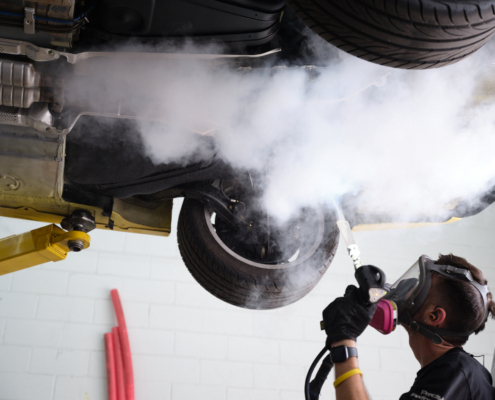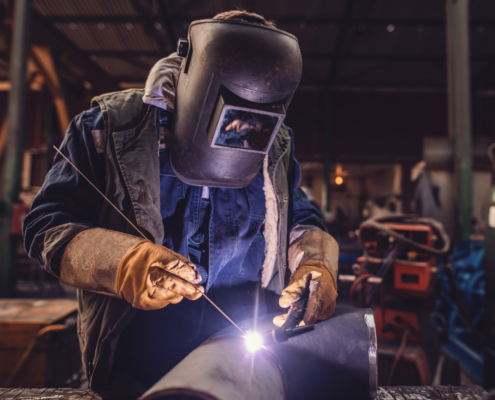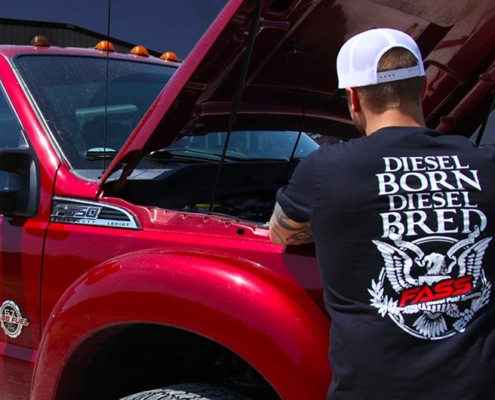Metal Inert Gas (MIG) welding, also known as Gas Metal Arc Welding (GMAW), is a highly efficient and versatile welding technique widely used in manufacturing, automotive, and other industrial sectors. Understanding the equipment, styles, and different transfer modes of MIG welding can significantly enhance the quality and efficiency of your welding projects. In this blog post, we will delve into these aspects, providing a comprehensive guide for both beginners and seasoned professionals.
 https://cksupply.com/wp-content/uploads/2024/04/LeadingEdge-44.jpg
1536
2048
[email protected]
/wp-content/uploads/2023/04/CK-Supply-White-Logo.svg
[email protected]2024-04-25 14:21:092024-07-26 11:57:51Revolutionizing Automotive Detailing with Dry Ice Cleaning
https://cksupply.com/wp-content/uploads/2024/04/LeadingEdge-44.jpg
1536
2048
[email protected]
/wp-content/uploads/2023/04/CK-Supply-White-Logo.svg
[email protected]2024-04-25 14:21:092024-07-26 11:57:51Revolutionizing Automotive Detailing with Dry Ice Cleaning



